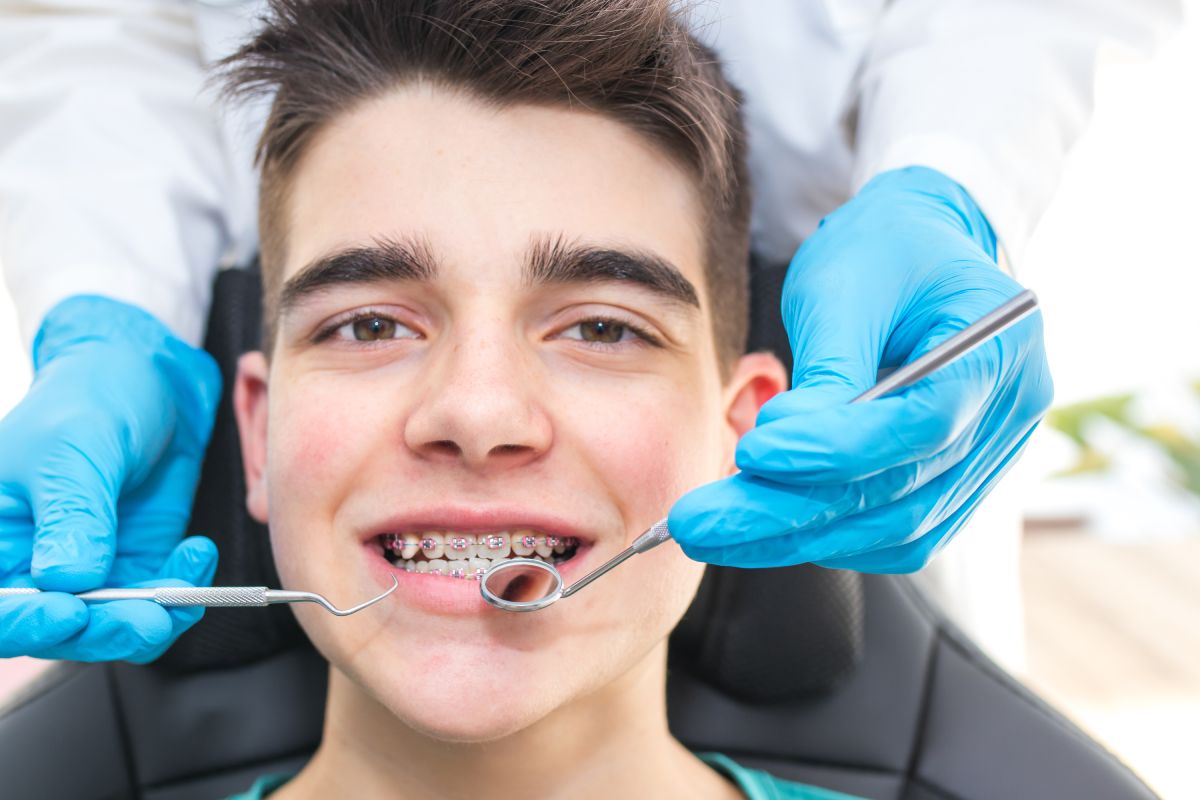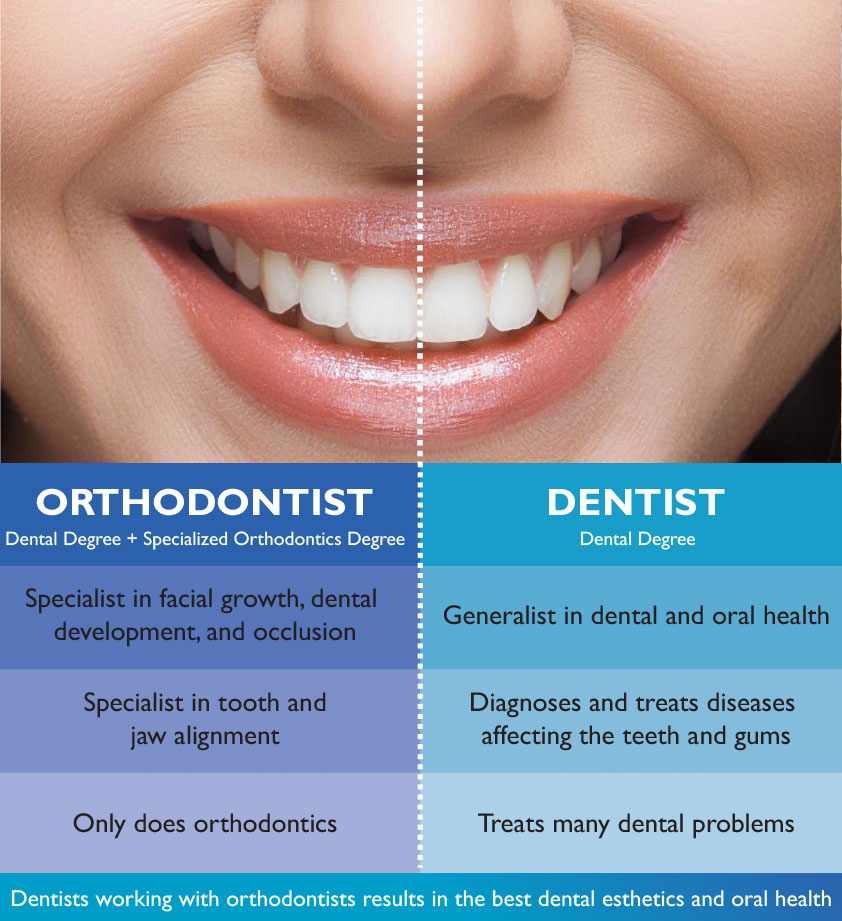What Does Causey Orthodontics Mean?
What Does Causey Orthodontics Mean?
Blog Article
The Basic Principles Of Causey Orthodontics
Table of ContentsWhat Does Causey Orthodontics Mean?Getting The Causey Orthodontics To WorkOur Causey Orthodontics DiariesThe Of Causey OrthodonticsThe Best Strategy To Use For Causey Orthodontics
Disregarding occlusal relationships, it was regular to eliminate teeth for a variety of oral issues, such as malalignment or congestion. The idea of an undamaged dentition was not widely valued in those days, making bite correlations seem pointless. In the late 1800s, the principle of occlusion was crucial for producing dependable prosthetic substitute teeth.As these ideas of prosthetic occlusion progressed, it ended up being an invaluable device for dentistry. It remained in 1890 that the work and influence of Dr. Edwards H. Angle started to be felt, with his contribution to contemporary orthodontics especially noteworthy. Concentrated on prosthodontics, he taught in Pennsylvania and Minnesota prior to directing his interest in the direction of dental occlusion and the treatments required to maintain it as a typical problem, hence becoming understood as the "father of contemporary orthodontics".

The idea of excellent occlusion, as proposed by Angle and integrated into a classification system, enabled a change in the direction of dealing with malocclusion, which is any discrepancy from typical occlusion. Having a full collection of teeth on both arcs was extremely demanded in orthodontic treatment as a result of the demand for precise relationships in between them.
The Ultimate Guide To Causey Orthodontics
As occlusion became the crucial priority, face proportions and looks were neglected - best orthodontist. To attain ideal occlusals without using outside pressures, Angle postulated that having best occlusion was the very best way to get maximum facial appearances. With the passing away of time, it became rather noticeable that even an extraordinary occlusion was not suitable when thought about from a visual factor of sight
Charles Tweed in America and Raymond Begg in Australia (that both examined under Angle) re-introduced dental care removal right into orthodontics during the 1940s and 1950s so they could improve facial esthetics while likewise making sure far better security worrying occlusal partnerships. In the postwar duration, cephalometric radiography started to be used by orthodontists for measuring adjustments in tooth and jaw placement triggered by development and therapy. It came to be noticeable that orthodontic treatment could adjust mandibular development, resulting in the formation of functional jaw orthopedics in Europe and extraoral force steps in the US. Nowadays, both useful devices and extraoral tools are used around the world with the goal of amending growth patterns and forms. Subsequently, going after true, or a minimum of enhanced, jaw relationships had come to be the main objective of therapy by the mid-20th century.
Getting My Causey Orthodontics To Work
 The American Journal of Orthodontics was produced for this purpose in 1915; prior to it, there were no clinical objectives to adhere to, nor any type of accurate classification system and brackets that did not have features. Up until the mid-1970s, dental braces were made by wrapping metal around each tooth. With advancements in adhesives, it ended up being feasible to instead bond steel brackets to the teeth.
The American Journal of Orthodontics was produced for this purpose in 1915; prior to it, there were no clinical objectives to adhere to, nor any type of accurate classification system and brackets that did not have features. Up until the mid-1970s, dental braces were made by wrapping metal around each tooth. With advancements in adhesives, it ended up being feasible to instead bond steel brackets to the teeth.This has had meaningful impacts on orthodontic treatments that are provided on a regular basis, and these are: 1. Proper interarchal partnerships 2. Correct crown angulation (tip) 3.
The advantage of the design depends on its brace and archwire mix, which requires just marginal cord flexing from the orthodontist or medical professional (orthodontist near me). It's aptly called hereafter function: the angle of the slot and thickness of the bracket base ultimately identify where each tooth is situated with little demand for added control
The Single Strategy To Use For Causey Orthodontics
Both of these systems utilized similar brackets for each tooth and necessitated the flexing of an archwire in three aircrafts for locating teeth in their wanted settings, with these bends dictating ultimate positionings. When it concerns orthodontic devices, they are split right into two kinds: removable and dealt with. Removable devices can be taken on and off by the person as needed.

Thus, nearly all modern-day set appliances can be considered variants on this edgewise home appliance system. Early 20th-century orthodontist Edward Angle made a major contribution to the globe of dentistry. He created 4 distinct appliance systems that have actually been made use of as the basis for lots of orthodontic therapies today, disallowing a few exemptions.
Fascination About Causey Orthodontics

The cable ended in a thread, and to relocate it onward, an adjustable nut was used, which enabled an increase in circumference. By ligation, each specific tooth was connected to this extensive archwire (cheapest orthodontist near me). As a result of its restricted series of activity, Angle was incapable to accomplish accurate tooth placing with an E-arch
These tubes held a soldered pin, which could be rearranged at each visit in order to relocate them in location. Called the "bone-growing appliance", this gizmo was thought to urge much healthier bone growth because of its potential for moving force directly to the origins. However, executing it proved troublesome actually.
Report this page